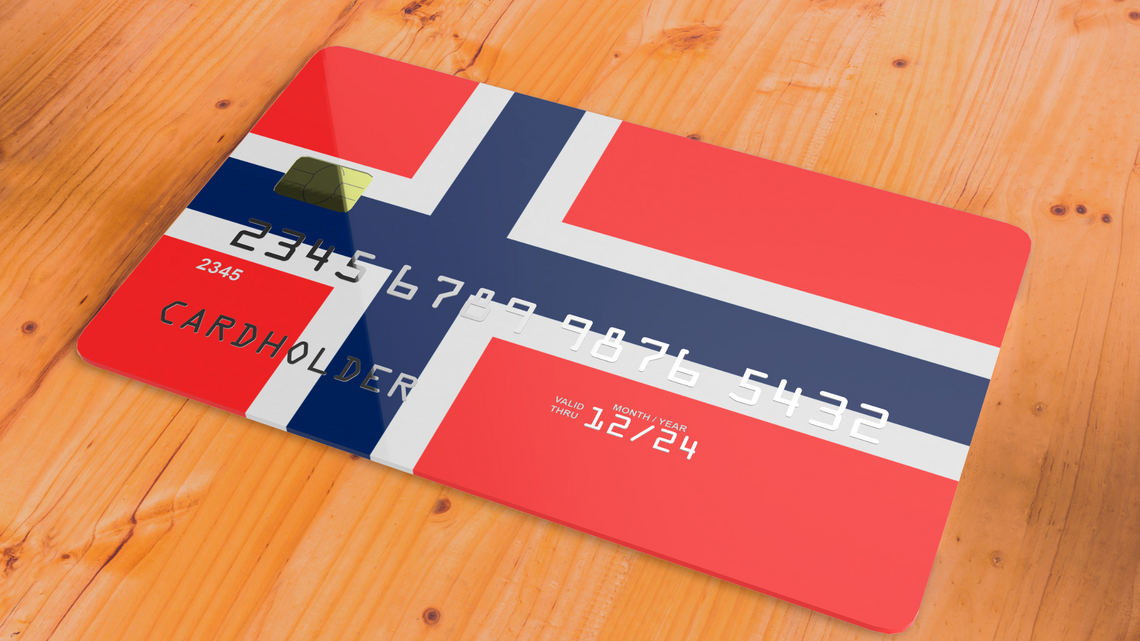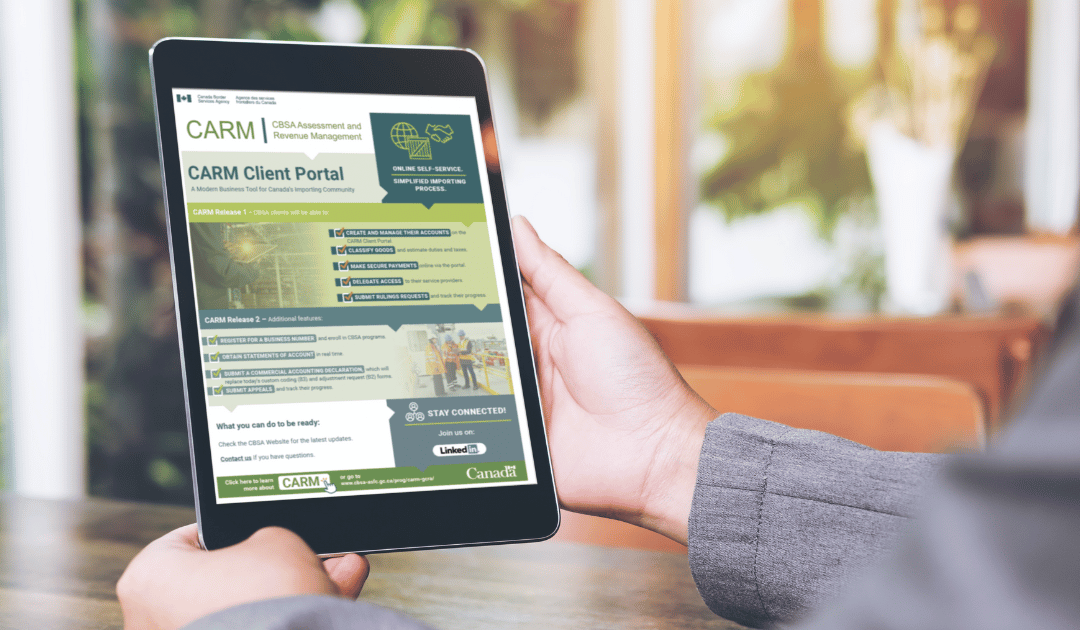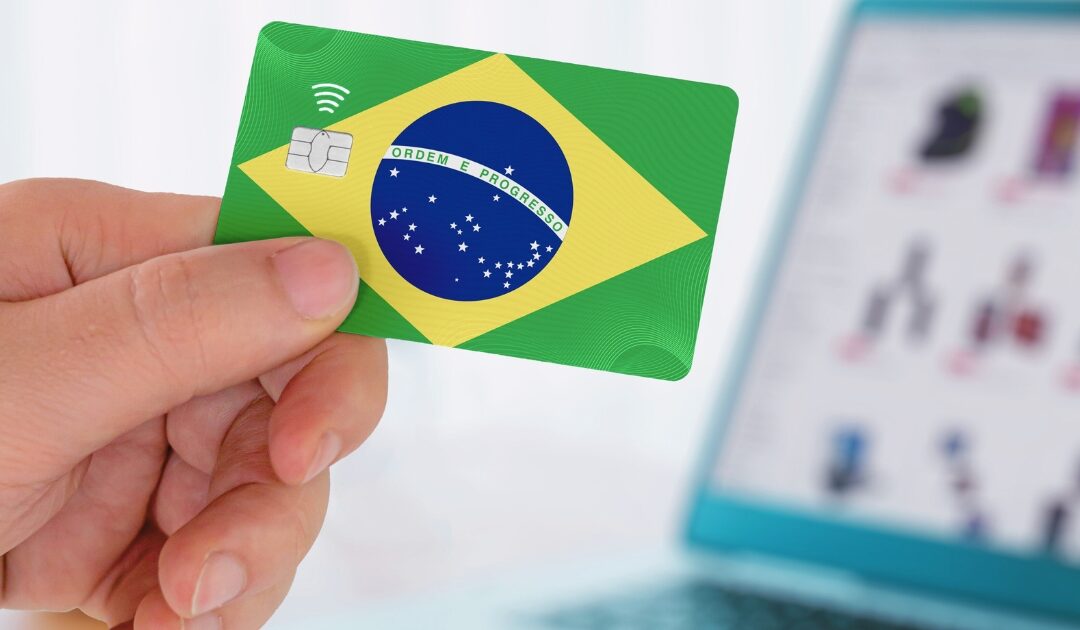As a US merchant venturing into the Norwegian market, understanding the nuances of the local tax system is crucial. With Norway’s VAT regulations recently undergoing significant changes, particularly concerning e-commerce, this guide serves as a comprehensive resource to help you navigate these complexities and ensure compliance.
Key Highlights:
- In Norway, a standard VAT rate of 25% applies to all imports, and VAT is owed on orders of any value.
- US businesses are required to register for Norway VAT when their sales of low-value goods exceed NOK 50,000 (~$4,600 USD) within a 12-month period.
- Low-value goods refer to individual items valued under NOK 3,000 (~$275 USD), meaning a shipment’s total value can exceed this threshold as long as no single item within it surpasses the NOK 3,000 limit.
- Norway offers a simplified tax registration program called VOEC for B2C imports of low-value goods.
- VAT is collected during customs clearance on all shipments unless the merchant is registered with a Norway VAT ID.
- VOEC-registered merchants are responsible for collecting VAT at the point of sale and remitting it quarterly for low-value goods, while for items valued over NOK 3,000, VAT is collected at customs instead.
- Eligible items valued below NOK 3,000 are exempt from customs duties for VOEC-registered businesses.
- For brands not registered for VOEC, and for ineligible products such as nutritional supplements and CPG food products, customs duties are collected upon import for items valued over NOK 350.
Understanding Norway VAT Tax
Norway’s value-added tax (VAT) is a consumption tax applied at a standard rate of 25% on most goods and services, including items sold online. Although consumers ultimately bear this cost, US merchants who are registered or shipping goods to Norway using delivered duty paid (DDP) billing terms are responsible for the upfront handling and payment of VAT.
As of January 2024, a significant change took effect in Norway’s tax structure with the elimination of the VAT de minimis threshold, previously set at NOK 350 (~$25 USD). This means VAT is now levied on all imported products, regardless of their value. It’s important to note that while there is no longer a VAT exemption for low-value goods, the NOK 350 customs duty de minimis threshold remains in effect, allowing imports valued below this amount to clear free of duties. Note that for VOEC-registered merchants, the duty de minimis is NOK 3,000 for eligible products.
Calculating Norwegian VAT:
To calculate VAT in Norway, start by totaling the product’s price, shipping costs, and insurance to determine the CIF (cost, insurance, freight) value. Then, if customs duties apply, you’ll also need to add these to the CIF value. Lastly, apply the VAT rate of 25% by multiplying the total amount (CIF plus any duties) by 0.25.
Requirements for Norway VAT Registration
Non-resident businesses are required to register for VAT if their sales of low-value goods to consumers in Norway exceed NOK 50,000 (~$4,600 USD) within any given 12-month period. Once registered, brands are required to collect the 25% VAT from customers at checkout for eligible transactions and remit it quarterly to the Norwegian Tax Administration.
VOEC Registration for Simplified VAT Compliance
Norway offers a simplified tax registration program for B2C imports of low-value goods known as the VOEC (VAT on E-Commerce) system. Under this scheme, items under NOK 3,000 (~$275 USD) are categorized as low-value goods for customs purposes and are exempt from duties. This value threshold is calculated based solely on the product’s price, without including additional expenses like insurance, shipping, or other charges.
Every item in a shipment is evaluated against the NOK 3,000 threshold individually. This means products priced under NOK 3,000 each may qualify for duty-free clearance, even when the total value of the order exceeds this limit. However, if any single item surpasses the NOK 3,000 value, the entire shipment becomes ineligible for VOEC clearance.
Overall, the VOEC program offers a streamlined approach to VAT for international e-commerce by providing an easier online registration, reducing compliance costs, and accelerating customs processes. This approach also eases administrative burdens compared to the standard VAT registration, allowing those enrolled to file quarterly tax returns instead of bimonthly. Additionally, the upfront collection of VAT under the VOEC system provides a better customer experience by ensuring transparent pricing.
Exclusions and Limitations of VOEC Clearance
Certain products, such as vitamins, nutritional supplements, and CPG (consumer packaged goods) food/beverage, are not eligible for VOEC clearance. These items are subject to VAT on their entire value, with duty applied to products exceeding NOK 350. The customs broker or carrier should handle payment of VAT and duty during the customs clearance process.
For any goods valued over NOK 3,000, the carrier or customs broker is responsible for paying the VAT on import. In cases where a merchant is not VOEC registered and owes VAT, the customs broker will handle the payment of this tax at customs clearance. Under billing terms like DDU (delivered duty unpaid) or bill receiver, some carriers may charge a fee to the consumer for the service of processing duties and taxes at the destination.
How Passport Can Help
Here at Passport, we understand the complexities of Norway’s VAT system. Our expertise in international taxes extends beyond that of a typical shipping carrier; we’re a knowledgeable internationalization partner, equipping brands with the tools they need for global growth. That’s why we created our Seller of Record (SOR) solution – an easier way to handle VAT compliance with a quick and seamless enrollment process. The SOR program allows brands to use Passport’s VOEC number to clear shipments through Norway, avoiding the need for complex registrations and filings. As a merchant, you’ll simply collect VAT at checkout, and we’ll manage the rest, including tax returns with the proper authorities and even monitoring sales thresholds. If you’re interested in Passport’s Seller of Record program or have additional questions about Norway VAT, reach out to our team here.
Frequently Asked Questions:
What is the VAT rate in Norway?
The standard VAT rate in Norway is 25%.
How does VAT work in Norway?
A 25% value-added tax (VAT) is applied to most goods and services sold in Norway, including online purchases. This tax is charged on all imported items, regardless of their value.
What is the VAT system in Norway?
In Norway, value-added tax (VAT) is a key part of the taxation system, applied to most products at a standard rate of 25%. This tax is charged on all imports regardless of value and is ultimately paid by the end consumer, typically at the point of sale.
Who pays VAT in Norway?
Although consumers ultimately bear the cost of VAT in Norway, US merchants who are VAT registered or shipping products using delivered duty paid (DDP) billing terms are responsible for the upfront handling and payment of this tax.
How is VAT calculated in Norway?
To calculate Norway VAT, first sum up the product price, shipping cost, and insurance to get the CIF value. Then, if customs duties apply, you’ll also need to add these to the CIF value. Lastly, multiply the total (CIF plus any duties) by 0.25, as the VAT rate is 25%.
Do I need a VAT number for Norway?
Non-resident businesses must register for a VAT number if their sales of low-value goods to consumers in Norway exceed NOK 50,000 (~ $4,600 USD) within any 12-month period. Low-value goods are defined as individual items valued at less than NOK 3,000 (~ $275 USD).
What is a Norway VOEC number?
Norway offers a simplified tax registration program for importing low-value goods known as the VOEC (VAT on E-Commerce) system. When shipping items with a VOEC number, products valued under NOK 3,000 are categorized as low-value goods for customs purposes and clear duty-free. However, it’s important to note that VAT is still applicable and must be collected at the point of sale by the merchant.
Do you charge VAT to Norway consumers?
US e-commerce brands shipping to Norway under DDP terms or registered for VOEC clearance collect VAT directly from Norwegian consumers at the point of sale for goods under NOK 3,000 (~ $275 USD). For items over this value, or when non-VOEC registered brands ship using DDU terms, consumers are responsible for paying VAT and duties upon import in Norway.




